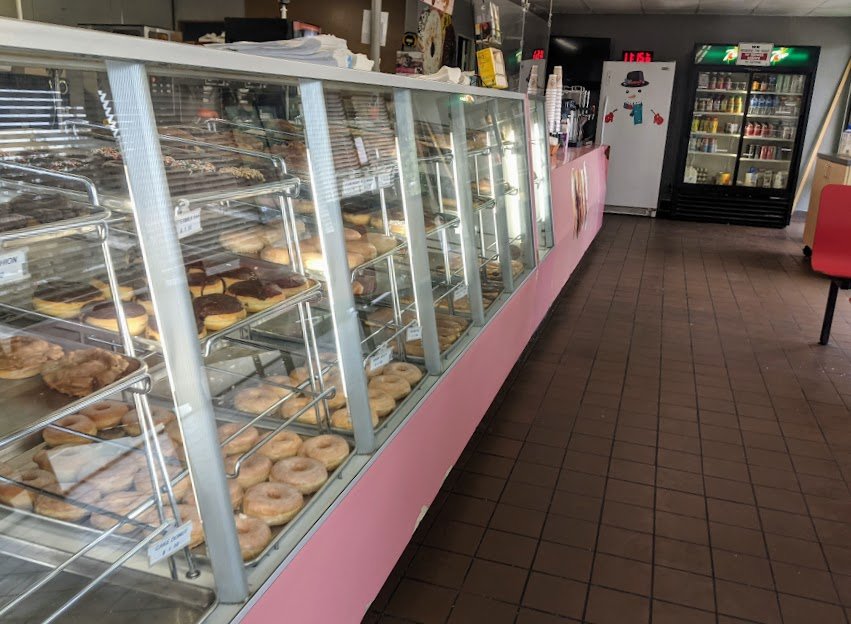Mark Your Calendar! (Again)
So many things about self-publishing are just so, so great (so many I couldn’t possibly list them right now—not because I can’t think of any, obviously…it’s a simple matter of conserving space), but without a doubt the absolute best thing is the freedom to set your own deadlines.
You see, my little dumplings, it turns out that most deadlines are entirely made up, plucked from the ether by some unqualified person or other, and as long as no one gets seriously hurt (we’re all grateful Balto and Togo didn’t miss their penicillin deadline, for instance), it really doesn’t do any harm at all to stand on the sidelines and wave as any given deadline parades past. In fact, I find it quite refreshing to push back a deadline. Which is fortunate for me because…I’m about to do just that.
If you’ve seen or spoken to me in the past few weeks, you’ll likely have noticed that I look rather more haggard than I used to: shuffling endlessly through stacks of papers, mumbling to myself, wringing my hands through spells of melancholia, clutching at my hair, eyes wild and stricken. I’ve spent the summer like a wan Victorian child too weak for anything save a daily turn about the garden, Nurse wheeling me in a chair as she prattles on about how late the daylilies are this year and how I mustn’t let the blanket slip from my shoulders lest I should catch a chill.
In short, publishing my first book has taken a toll on me. My timeline has been overly optimistic, especially when pesky things like COVID and SUPPLY CHAIN ISSUES have lurked just out of sight, waiting until the most inopportune moment to STRIKE.
With all this in mind, I regret to inform you that I will be pushing back the release date for A Dazzle of Zebras from August 30th…to October 18th.
My apologies.
After scribbling approximately eighty-six different timelines on the backs of old receipts, I realized it was impossible to both 1) release a book in August, AND 2) make sure that book’s not rubbish. Were I to stick to the original date, I might not receive a physical proof of the paperback/hardcover in hand before the publication date—and what if copies shipped out to readers with the cover printed all wonky? What if the words were printed backward? What if the text was entirely replaced with specimen drawings of freshwater amphibians? You wouldn’t want a wonky book, would you? Of course you wouldn’t! I couldn’t allow such a thing! At least not until the sequel!
It’s unfortunate. I’m impatient to send you my book, sheepishly excited to get it into your little paws so you can open the beautiful cover and set eyes on it at last. It feels like an arranged marriage—this little project I’ve nurtured for years is finally ready to go out in the world and meet its hundreds of spouses. Waiting another month and a half will be excruciating.
But let’s look at the bright side!
Practicing delayed gratification makes us more resilient human beings!
October is a much more bookish month than August, don’t you think? The end of summer is so busy, but by October the nights are long, the air is chilly, and the idea of curling up with a book doesn’t just sound appealing; it’s necessary on a soul level.
More time to plan and implement fun little launch shenanigans (and you KNOW I’ve got some shenanigans up my sleeve).
This includes MARKETING STUFF, like sending copies to reviewers and finishing a book trailer and contacting libraries/bookstores and posting silly book videos on my shiny new YooouuuTuuuubbbe chaaannnneeellllll (which…you can absolutely subscribe to. If you want. No pressure. But it’d be pretty cool if you did).
Delaying this release means less time to wait until the next book in the series. (Oh, yes, did I forget to mention this is a SERIES? WELL IT IS. GET PUMPED.)
I won’t look as much like a sickly goblin person. Always a good thing.
All of you who’ve already requested signed copies deeefinitely wouldn’t have received those by August, but October is far more attainable.
And you know what else? Maybe I like to tease a bit. Maybe it gives me a little thrill. Maybe I’m a tiny rascal. So sue me.
PLUS, to make up for this abrupt change of plans, starting on the previous release date of August 30th, I will release videos of ME (carrie! your Friendly Neighborhood Writer Person!) reading a chapter or section of the book, every week, straight through to the new release date of October 18th. That’s like, seven weeks. That’s a lot of reading. A good chunk of the book. I…am gonna need to brush up on my phonics.
Well…I guess that’s all. Please don’t hesitate to wail and/or harangue in the comments below. You’ve earned it.
With great humility and greater chagrin, I remain your grateful servant,
The Author
PS—I felt so bad that I decided to give you a sneak peek of a reading TODAY! OVER ON THE YOUTUBES! TO WHICH, AGAIN, YOU MAY SUBSCRIBE AT YOUR LEISURE!







